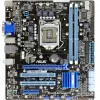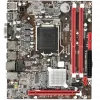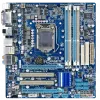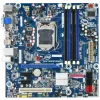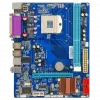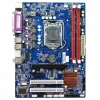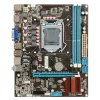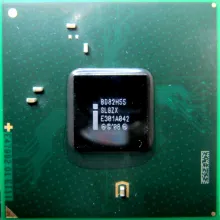
The Intel H55 Express Chipset is a computer chipset designed for desktop motherboards. It was introduced by Intel in 2009 as part of the Intel 5 Series chipsets. The H55 Express Chipset was primarily aimed at mainstream consumers and supported Intel processors in the LGA 1156 socket, including the first-generation Intel Core i3, i5, and i7 processors.

